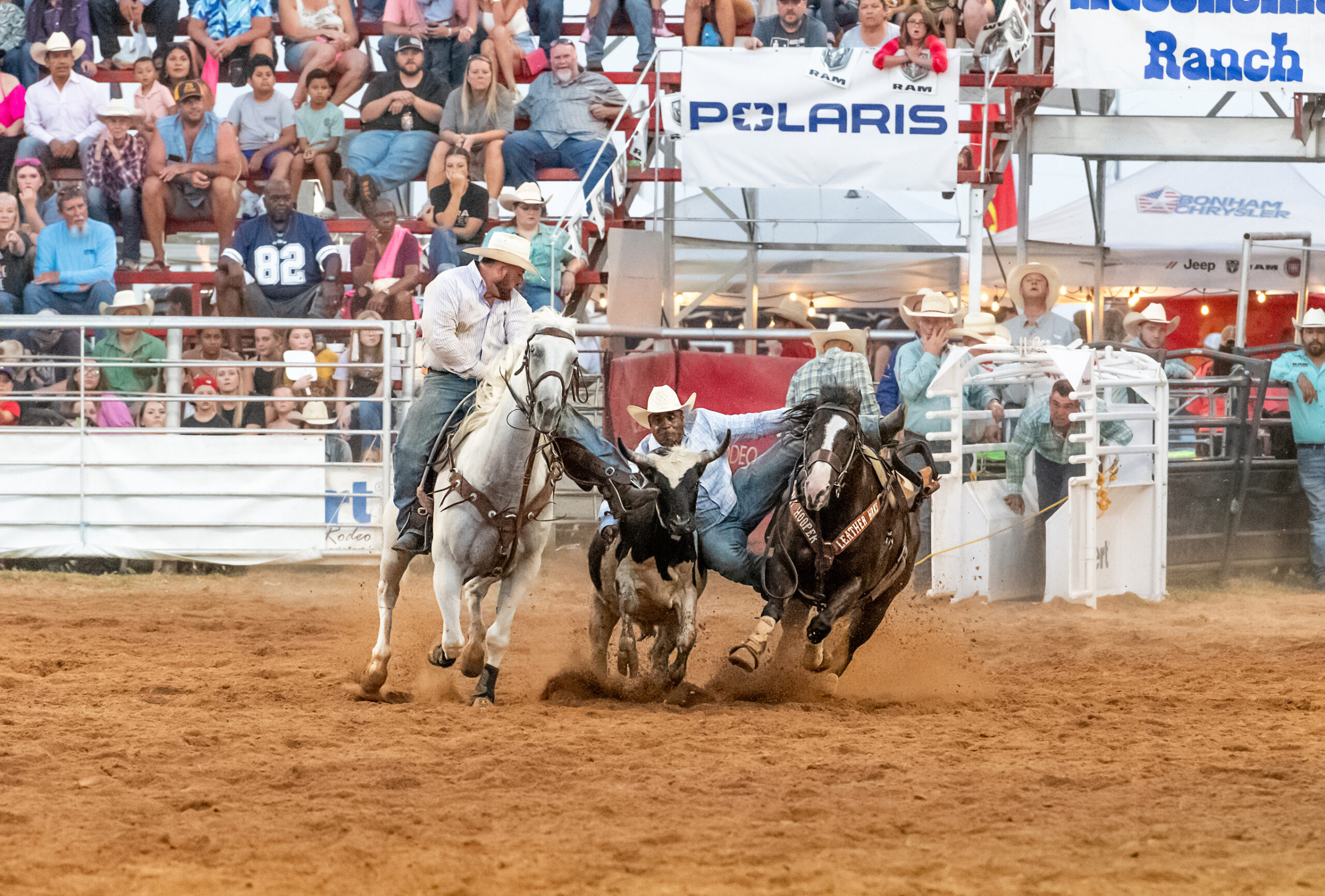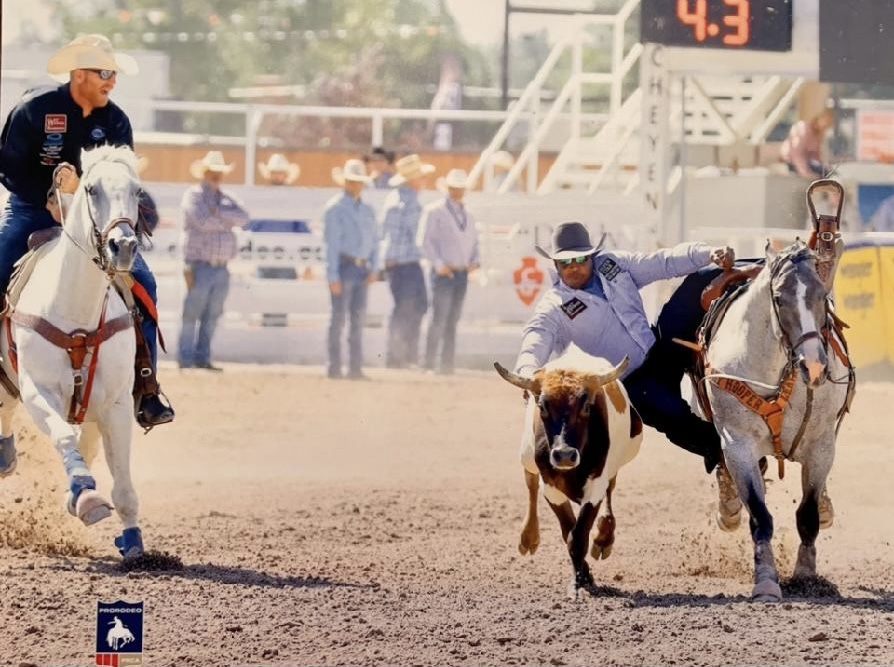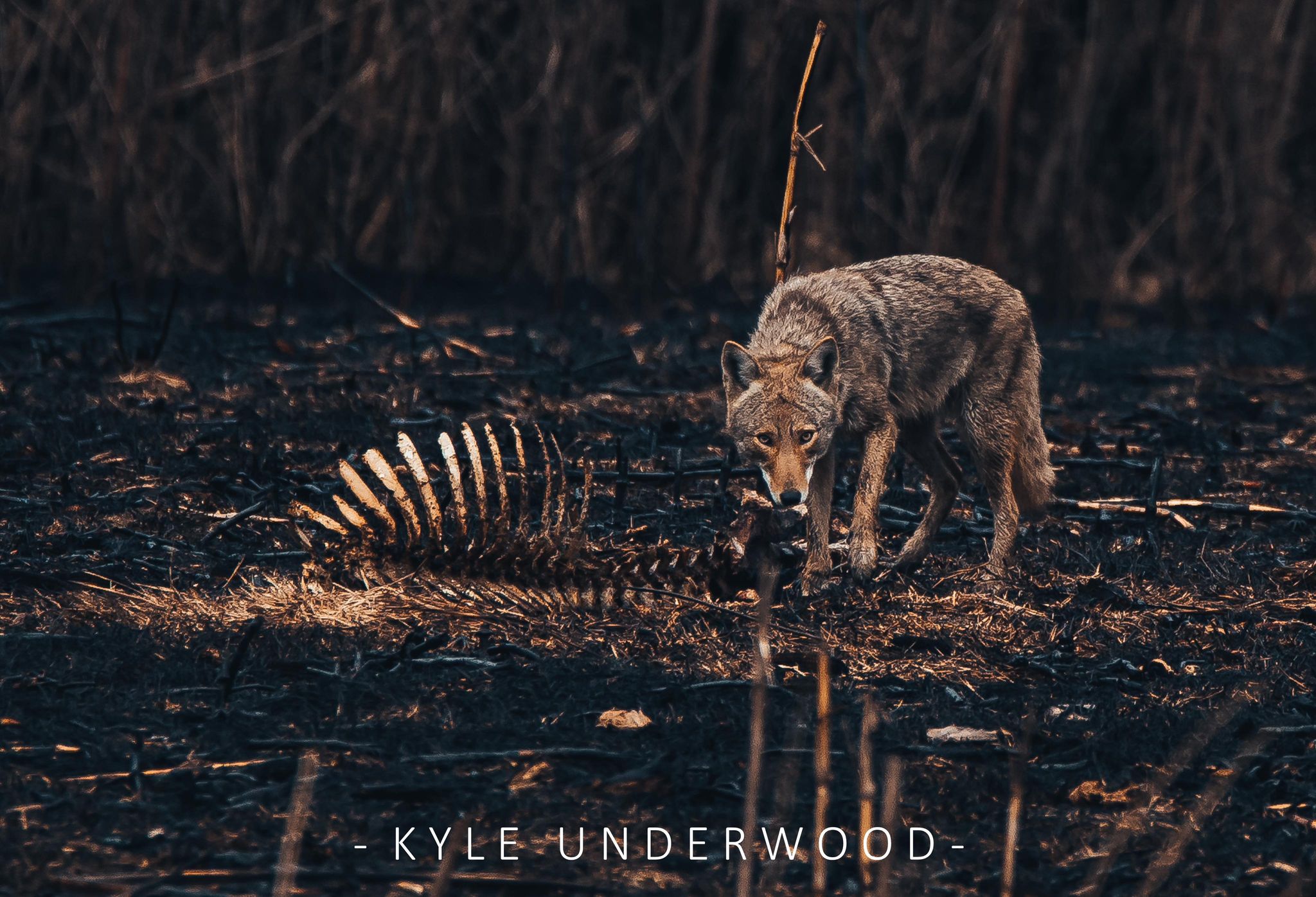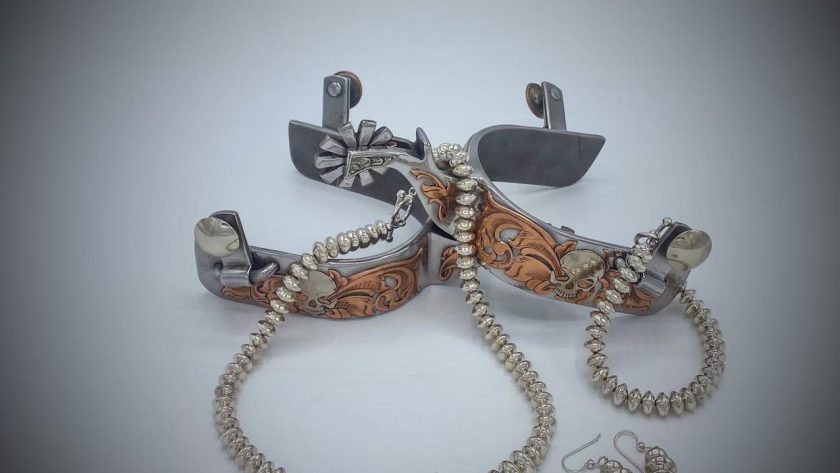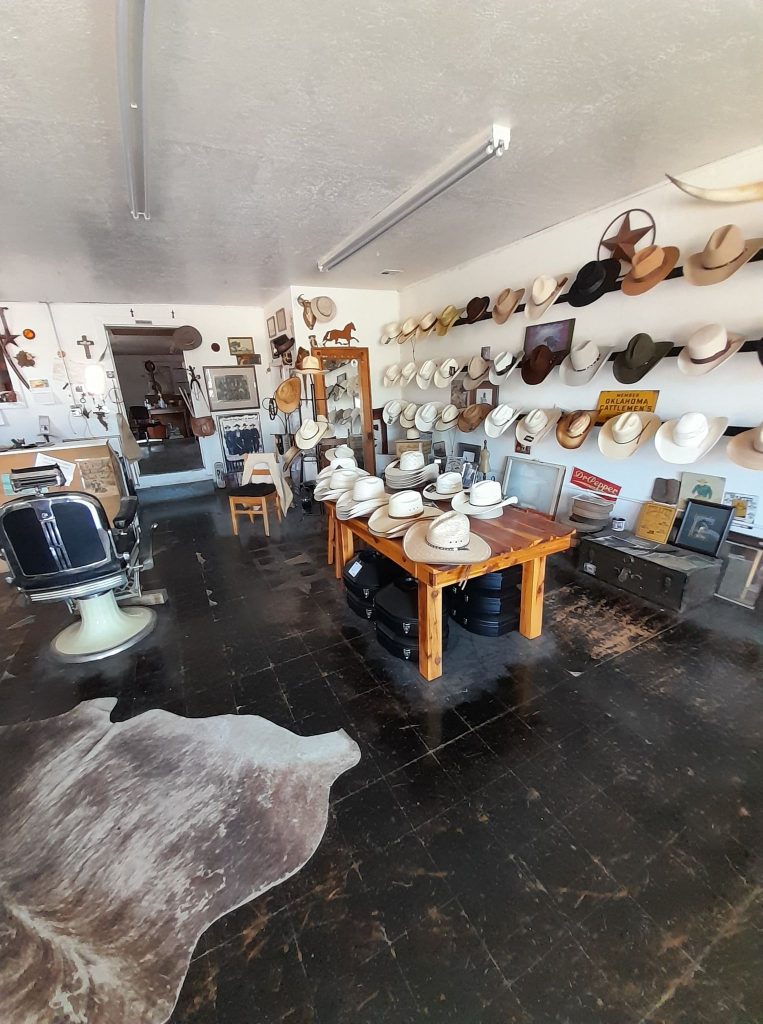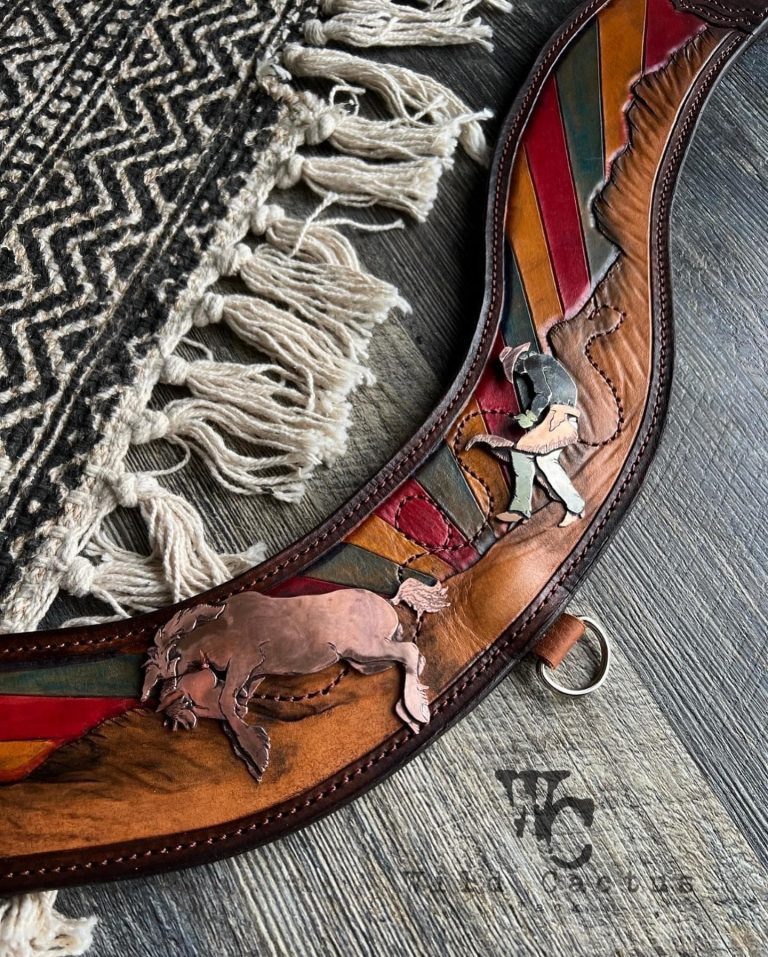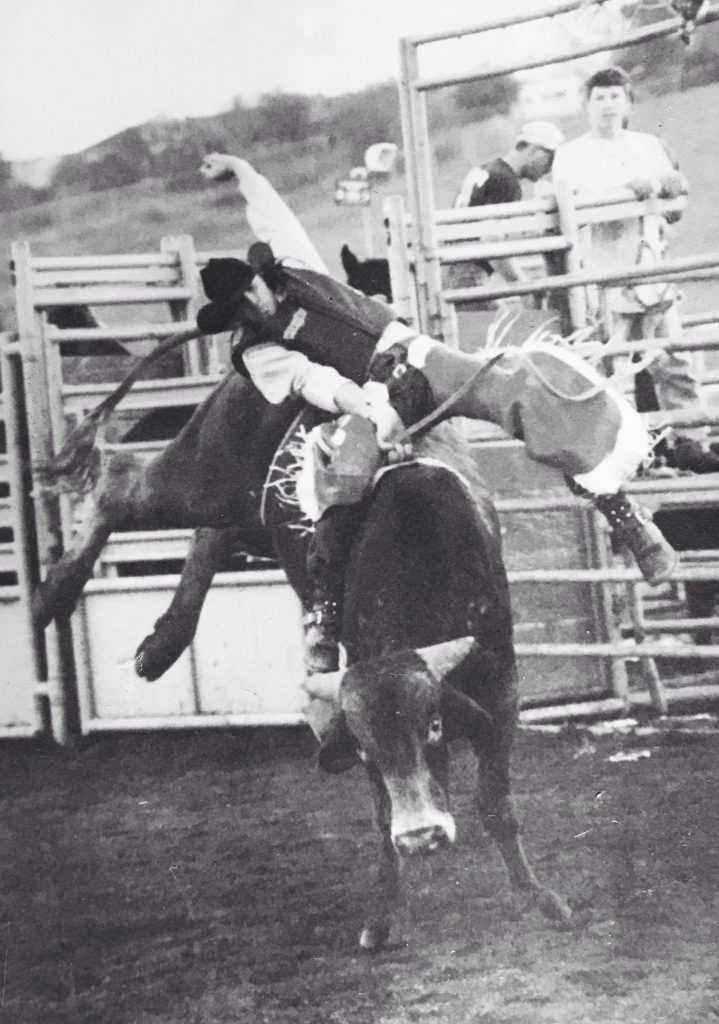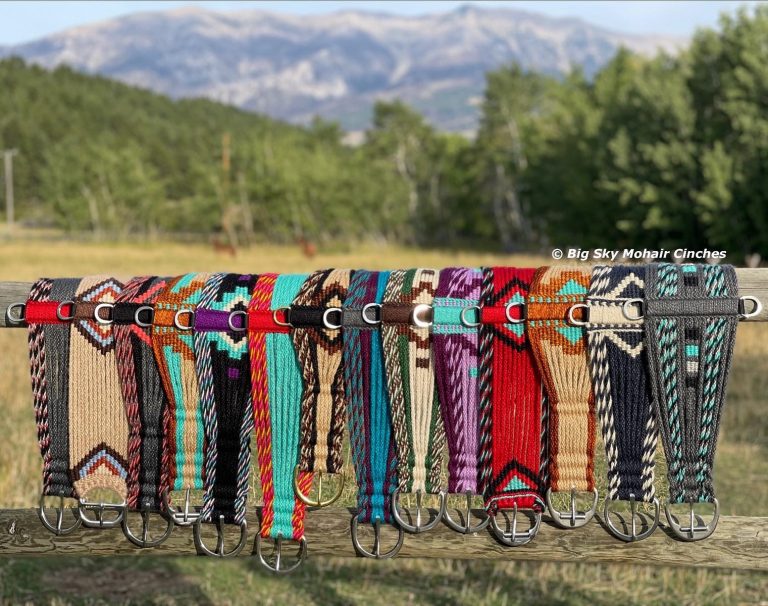Kyle Underwood has a few friends in the forest. Some are owls, some coyotes, and some are deer or insects. His talent for documenting the subtle glances and intricate behaviors of wild animals has turned into a storytelling business: Kyle Underwood Photography.
His photography is easily recognizable, his trademark darker tones a combination of editing and choosing to shoot on days where rain, fading daylight, or wintry weather prevail. Not only does this represent a part of his personality, but also reflects his desire for his photos to evoke emotion in their viewer and create a bond between the natural world and its observer.


